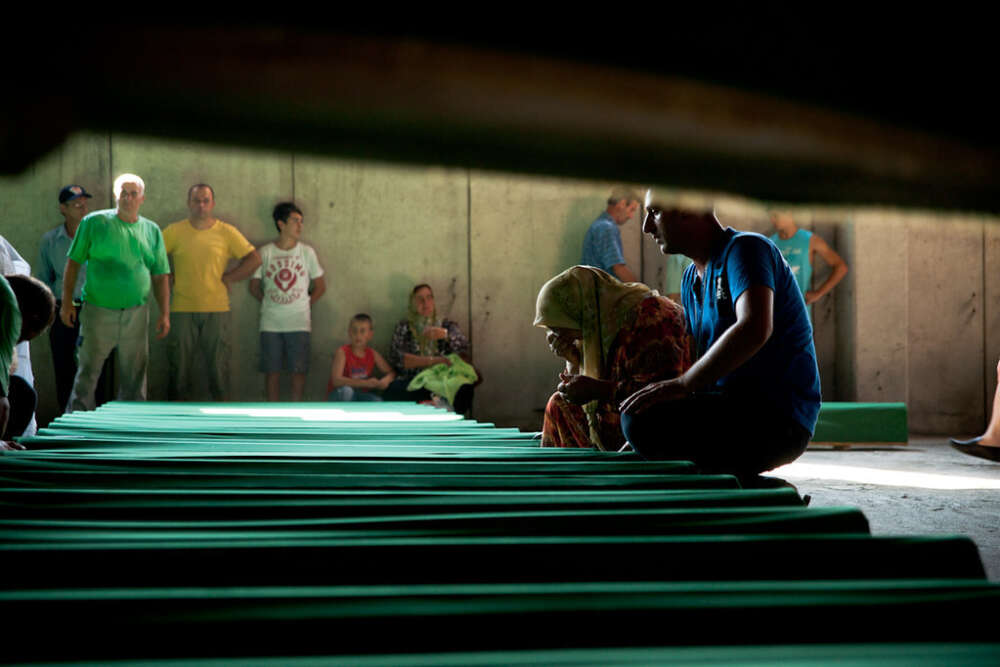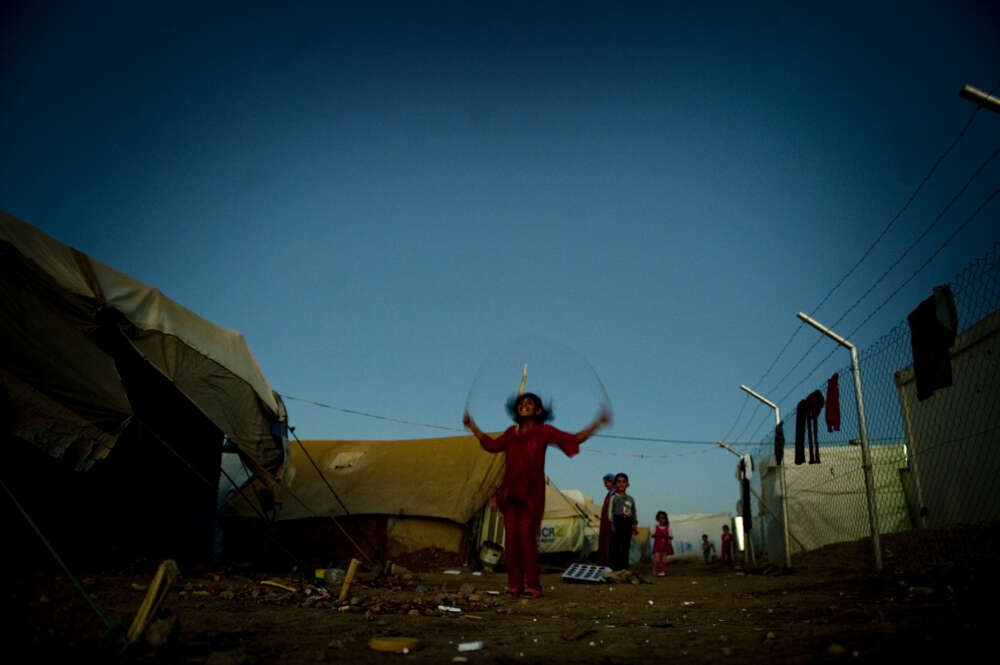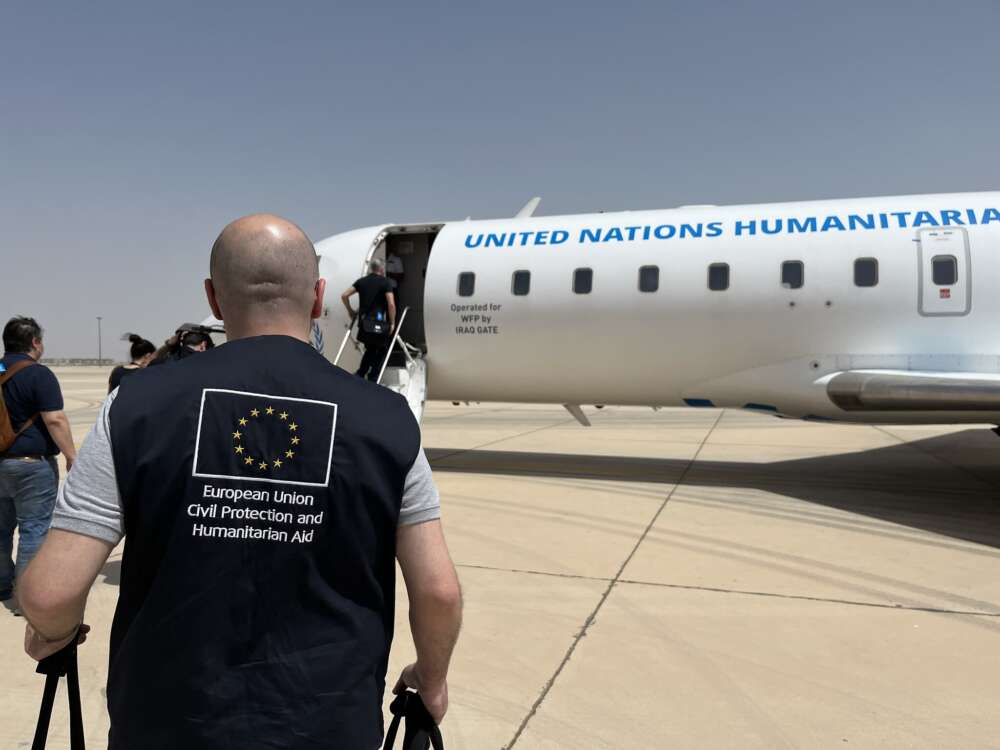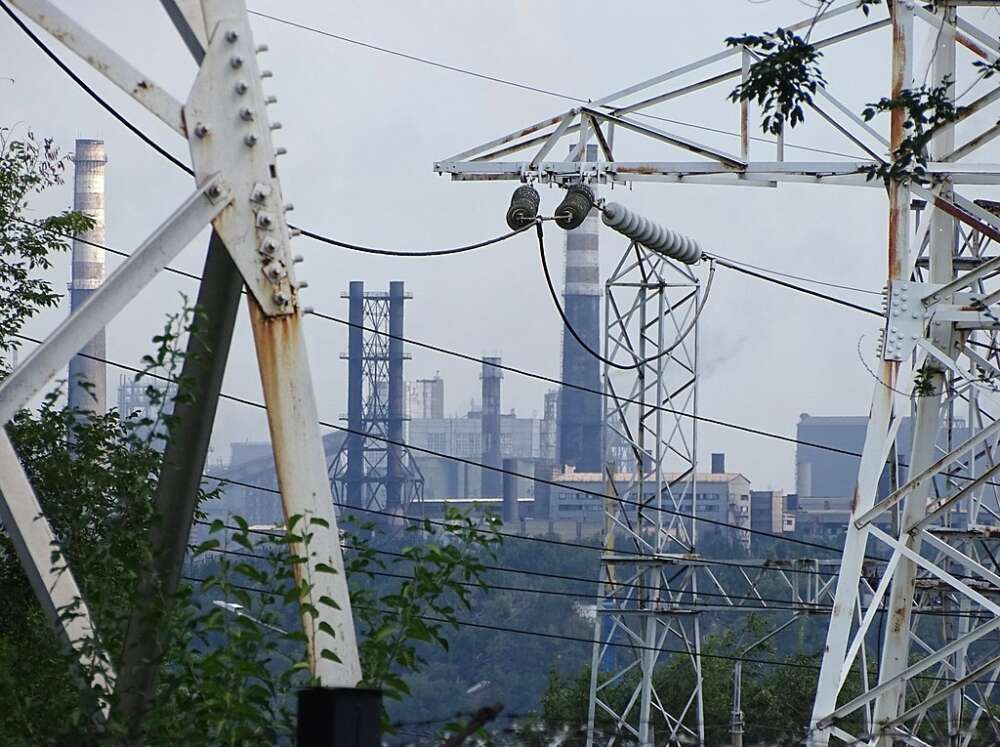Safe Zones: Opportunities, Limits, Dilemmas

This study, written in German, considers international law and political considerations, and discusses possible dilemmas in the establishment and enforcement of protection zones to protect the civilian population from mass atrocities. It defines different types of protection zones, analyzes the foundations of international law and their legitimacy, discusses previous experiences and identifies operational requirements for the establishment of protection zones. This study aims to bring protection zones back to the center of the peace and security policy debate in Germany.
The guidelines “Preventing crises, managing conflicts, promoting peace” are the strategic framework for the Federal Government’s peace policy commitment. Action is guided by the priority given to civilian options for action and prevention, respect for human rights, interministerial coherence, context-specific and inclusive approaches and a transparent approach to risks. In increasingly complex conflict constellations, the protection of civilians is of particular importance and the international community also bears responsibility for this. Against the historical backdrop of the Holocaust, Germany has a particular duty to contribute to the prevention of genocide and mass crimes.
The instruments for protecting the civilian population in violent conflicts should therefore also be placed more at the center of the peace and security policy debate in Germany. If a conflict escalates, the options for external actors to prevent mass atrocities are generally limited. The establishment of internationally monitored protection zones is one option for action to reduce civilian casualties. The concept of the Responsibility to Protect, which underlies such an intervention in an internal conflict, requires an understanding of sovereignty that is defined by the state’s responsibility towards its citizens. This is one reason why the use of protection zones is controversial at the international level.
This study examines the necessary international legal and political considerations as well as the dilemmas involved in establishing and enforcing protection zones. It contributes to the strategic debate on the protection of the civilian population and provides German actors with legal, political and operational decision-making criteria. The study defines different types of protection zones, analyzes the legal basis and legitimacy under international law, summarizes previous experiences and defines operational requirements in discussions with experts. The study’s recommendations for action are aimed at the Federal Government, the Bundestag and the expert community.
This study was originally published in German by Der Beirat der Bundesregierung. Zivile Krisenprävention und Friedensförderung on February 1, 2021.







